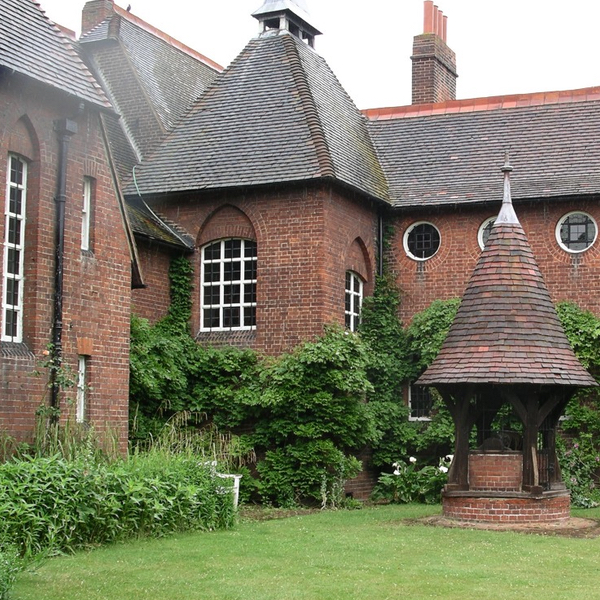
Arts and crafts architecture and design is a style that emerged in the late 19th century as a reaction against the mass-produced and ornate Victorian style that was popular at the time. The arts and crafts movement, which was led by William Morris and other influential figures, focused on a return to craftsmanship and traditional materials, as well as a rejection of the industrialization and mechanization that was transforming society
One of the key principles of arts and crafts architecture and design was the use of natural materials, such as wood, stone, and brick, and a preference for simple, functional forms. This was in contrast to the Victorian style, which often used ornate, artificial materials such as plaster and paint. Arts and crafts buildings were designed to blend into their natural surroundings, and often featured rustic, earthy details such as rough-hewn beams and stone walls
Another important aspect of arts and crafts architecture and design was the emphasis on craftsmanship and attention to detail. Buildings and furnishings were often made by hand, using traditional techniques and materials, and were designed to be functional and aesthetically pleasing. This approach was in contrast to the mass-produced, machine-made products of the industrial age, which were seen as lacking in character and quality
Arts and crafts architecture and design was also influenced by the social and cultural values of the movement. The arts and crafts movement sought to promote a sense of community and connection to the natural world, and many buildings were designed with this in mind. For example, arts and crafts buildings often featured common spaces such as gardens and courtyards, which were meant to encourage interaction and a sense of shared ownership
Overall, the arts and crafts movement was a response to the changes of the industrial age, and sought to reclaim the values of craftsmanship, simplicity, and connection to nature. Its focus on natural materials, functional design, and attention to detail has had a lasting impact on architectural and design styles, and continues to influence contemporary design trends.